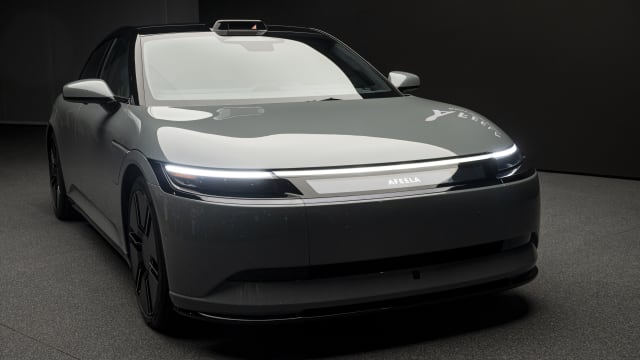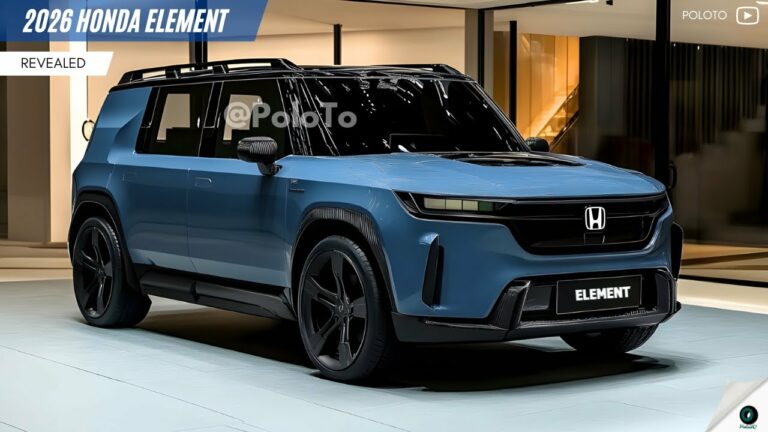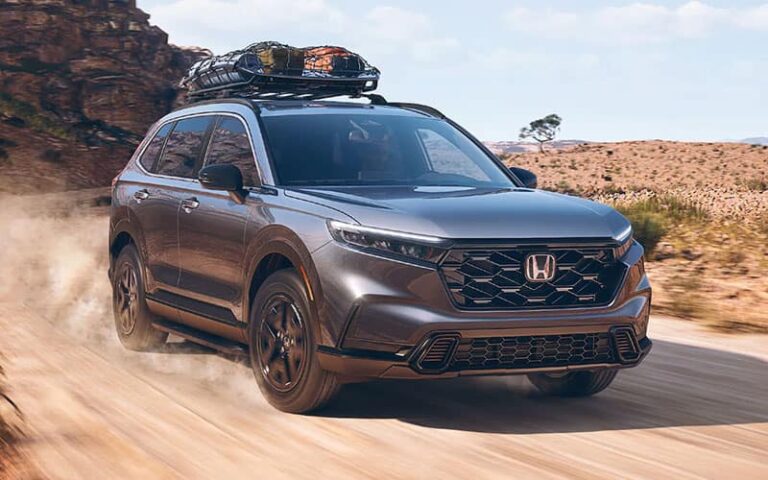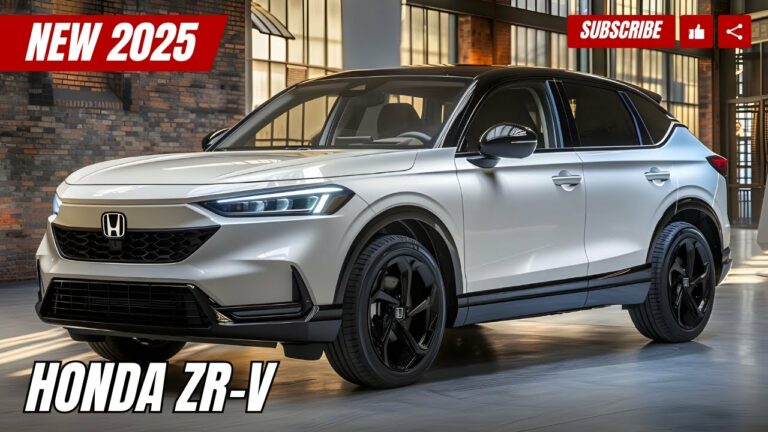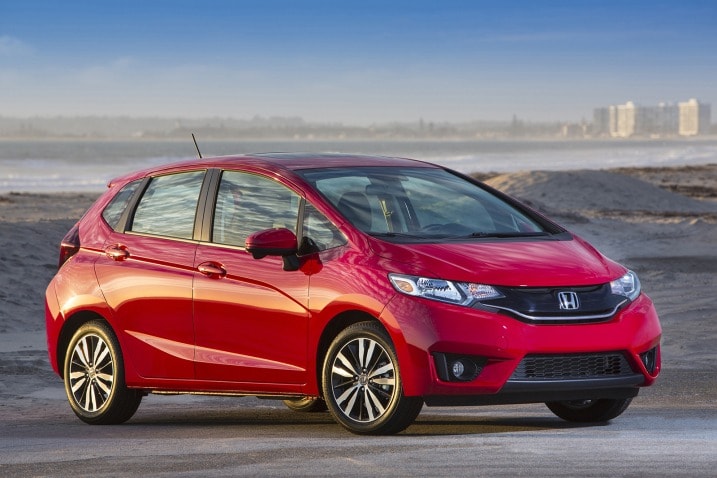Unveiling the 2026 Honda E: Price Expectations and Market Outlook
In the ever-evolving automotive landscape, electric vehicles are gaining significant traction, and the 2026 Honda E is poised to make a bold statement in the subcompact electric vehicle segment. With its sleek design, cutting-edge technology, and competitive pricing strategy, the Honda E is set to redefine the driving experience. Let’s delve into the anticipated price point of this highly anticipated vehicle and explore the factors shaping its market positioning.
The Honda E’s price will undoubtedly play a crucial role in determining its success. Honda, known for its commitment to affordability and value, is expected to position the E strategically within the competitive subcompact EV market. Market research, industry trends, and analysis of competitor pricing will heavily influence the pricing strategy, ensuring that the Honda E offers an attractive proposition to consumers.
Pricing Strategy

The pricing strategy for the 2026 Honda E is crucial for its success in the automotive market. Several factors, including production costs, market demand, and competitive pricing, influence the pricing strategy. The pricing tiers and packages offered can significantly impact consumer purchasing decisions.
Production Costs
The production costs of the Honda E, including raw materials, labor, and manufacturing expenses, directly affect its pricing. The automaker must consider these costs to ensure profitability while remaining competitive in the market.
Market Demand
The market demand for the Honda E plays a vital role in determining its pricing. The automaker needs to assess the demand for electric vehicles, the target customer base, and the perceived value of the E compared to its competitors.
Competitive Pricing
The pricing strategy must consider the prices of competing electric vehicles in the market. The Honda E should be priced competitively to attract customers while maintaining its perceived value and brand reputation.
Pricing Tiers and Packages
Honda may offer different pricing tiers or packages for the E to cater to diverse customer needs and budgets. These tiers could include variations in battery size, range, and features. The pricing and availability of these tiers can influence consumer purchasing decisions, allowing them to choose the option that best suits their requirements and budget.
Sales Projections
The 2026 Honda E is anticipated to make a splash in the automotive industry, with projections indicating substantial sales volume. Market research, industry trends, and competitive analysis all point towards a promising future for this electric vehicle.
Factors that will likely influence sales performance include consumer demand for eco-friendly vehicles, economic conditions that may impact purchasing power, and government incentives that promote the adoption of electric vehicles.
Consumer Demand
Consumer demand for electric vehicles is on the rise, driven by growing environmental consciousness and the desire for vehicles that offer lower operating costs. The 2026 Honda E is well-positioned to meet this demand with its stylish design, advanced technology, and competitive price point.
Economic Conditions
Economic conditions can have a significant impact on vehicle sales. If the economy is strong, consumers are more likely to make big-ticket purchases like cars. However, if the economy is weak, consumers may be more hesitant to spend money on non-essential items like vehicles.
Government Incentives
Government incentives, such as tax breaks and rebates, can make electric vehicles more affordable for consumers. These incentives can help to boost sales of the 2026 Honda E, especially in regions where there is strong support for electric vehicle adoption.
Marketing and Promotion

To effectively communicate the value proposition of the 2026 Honda E and reach the target audience, a comprehensive marketing and promotional strategy is crucial.
This strategy should highlight the car’s unique features, such as its compact size, advanced technology, and eco-friendliness, while emphasizing its appeal to young, urban professionals.
Marketing Channels
A mix of traditional and digital marketing channels should be utilized to reach the target audience. These channels include:
- Social media platforms such as Instagram, TikTok, and YouTube
- Online advertising on websites and search engines
- Print advertising in magazines and newspapers
- Public relations campaigns to generate positive media coverage
Promotional Campaigns
Engaging promotional campaigns should be developed to capture the attention of the target audience. These campaigns could include:
- Interactive online experiences, such as virtual test drives or augmented reality showrooms
- Pop-up events in urban areas to showcase the car and offer test drives
- Partnerships with influencers and tastemakers to generate buzz and credibility
Customer Engagement Strategies
To foster a strong relationship with customers, proactive engagement strategies should be implemented. These strategies could include:
- Personalized email marketing campaigns tailored to customer interests
- Dedicated customer support channels to address inquiries and resolve issues promptly
- Community building initiatives, such as online forums or social media groups, to encourage customer interaction and brand loyalty
Frequently Asked Questions
What is the expected price range of the 2026 Honda E?
The anticipated price range for the 2026 Honda E is expected to be between $25,000 and $35,000, making it competitive within the subcompact electric vehicle segment.
How does the Honda E’s price compare to its competitors?
The Honda E’s pricing is expected to be in line with or slightly below that of its key competitors, such as the Nissan Leaf and the Chevrolet Bolt, offering consumers a compelling value proposition.
What factors will influence the final pricing of the Honda E?
The final pricing of the Honda E will be determined by various factors, including production costs, market demand, competitor pricing, and government incentives, which can vary depending on the region.

